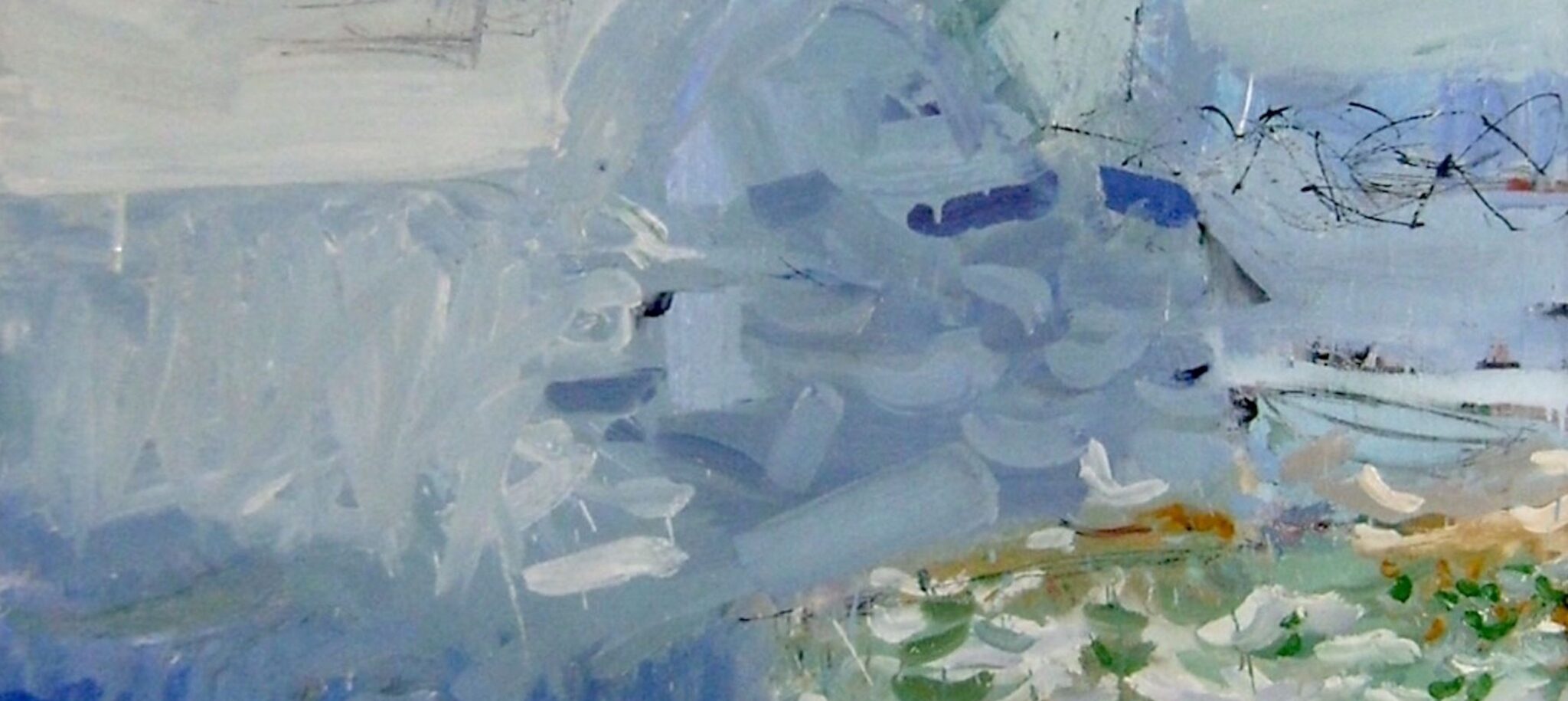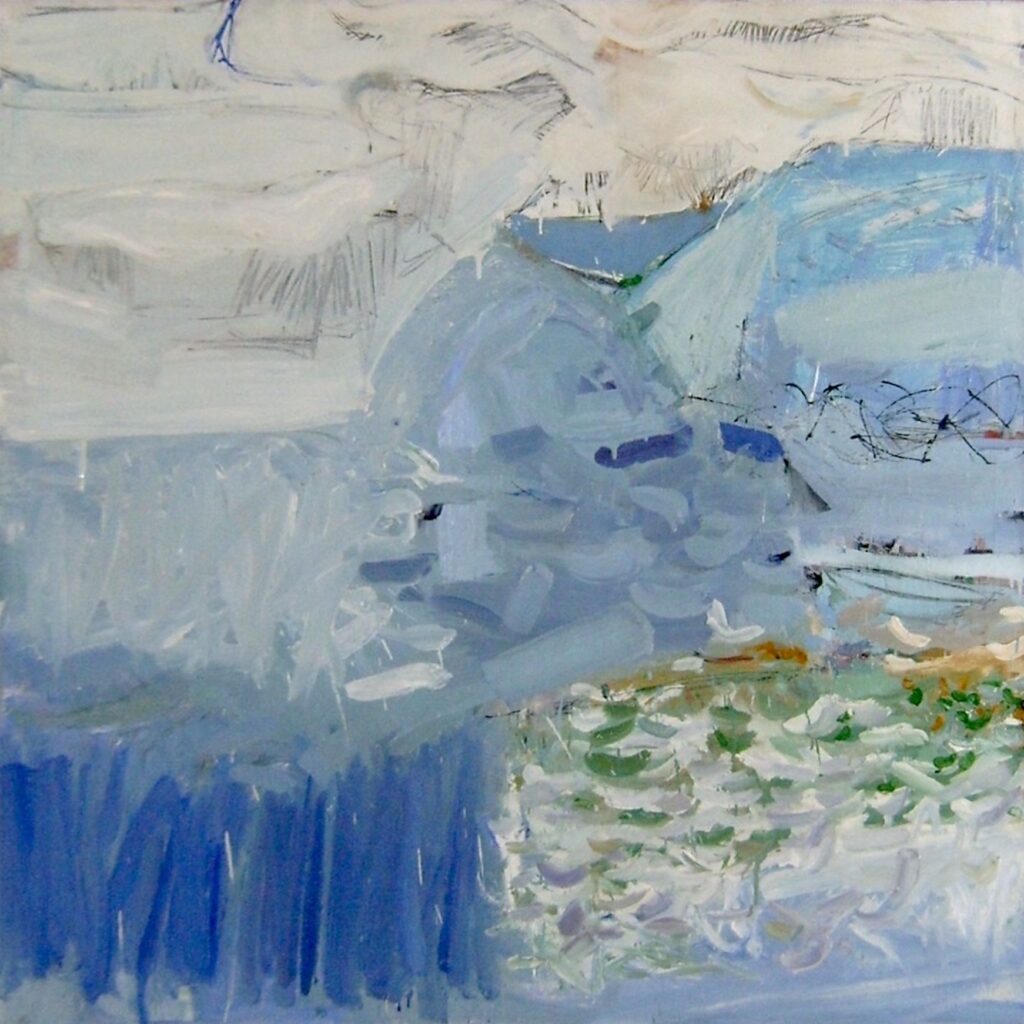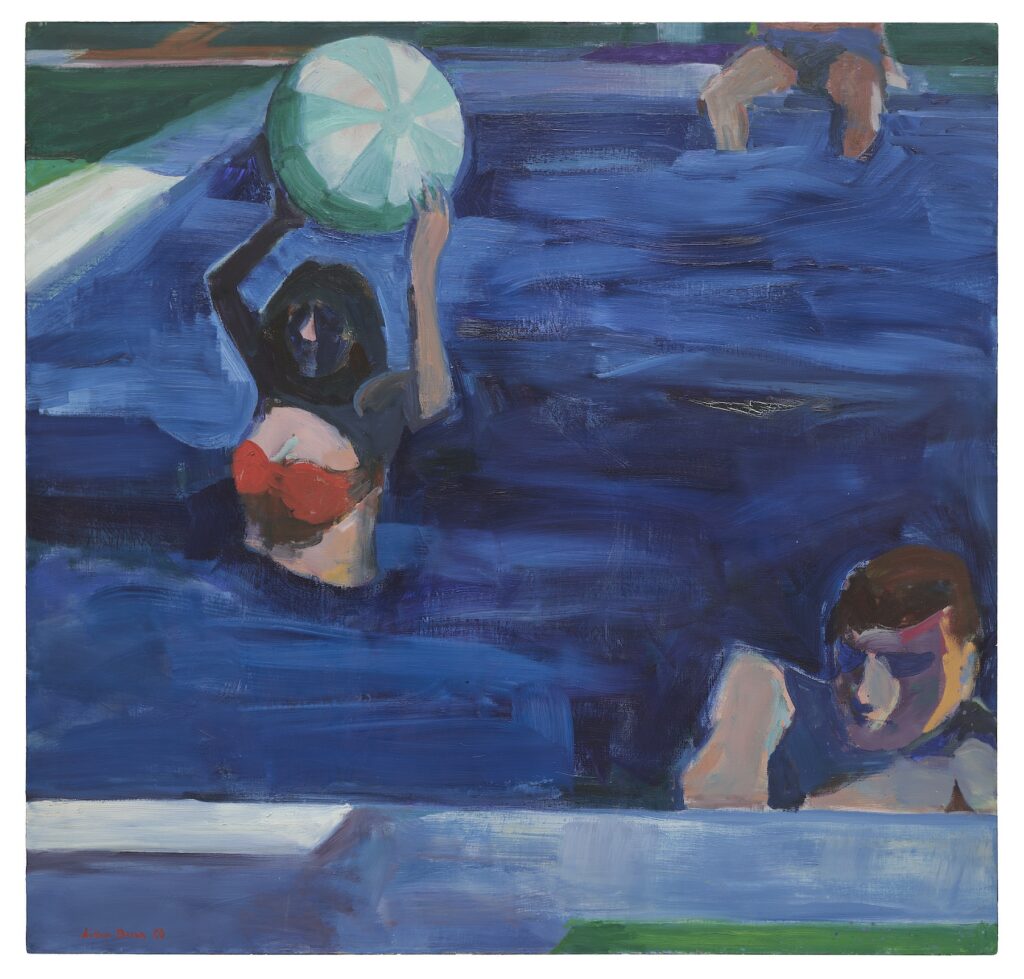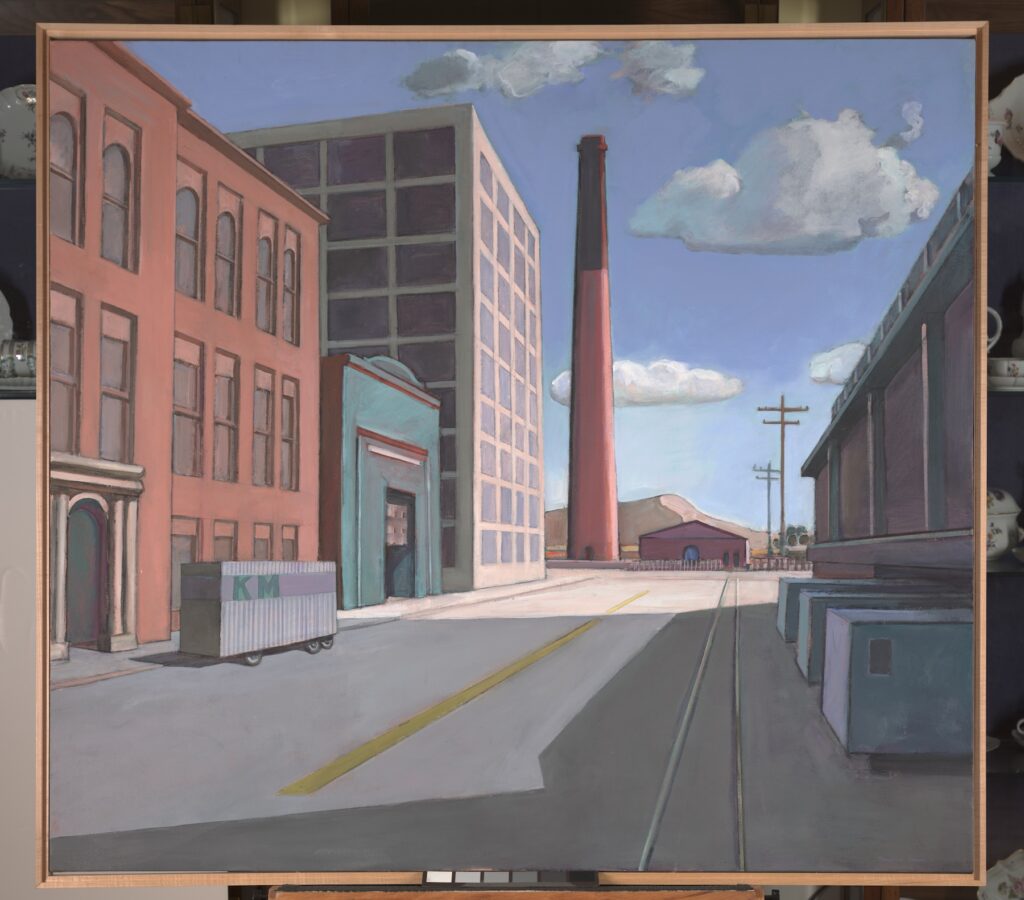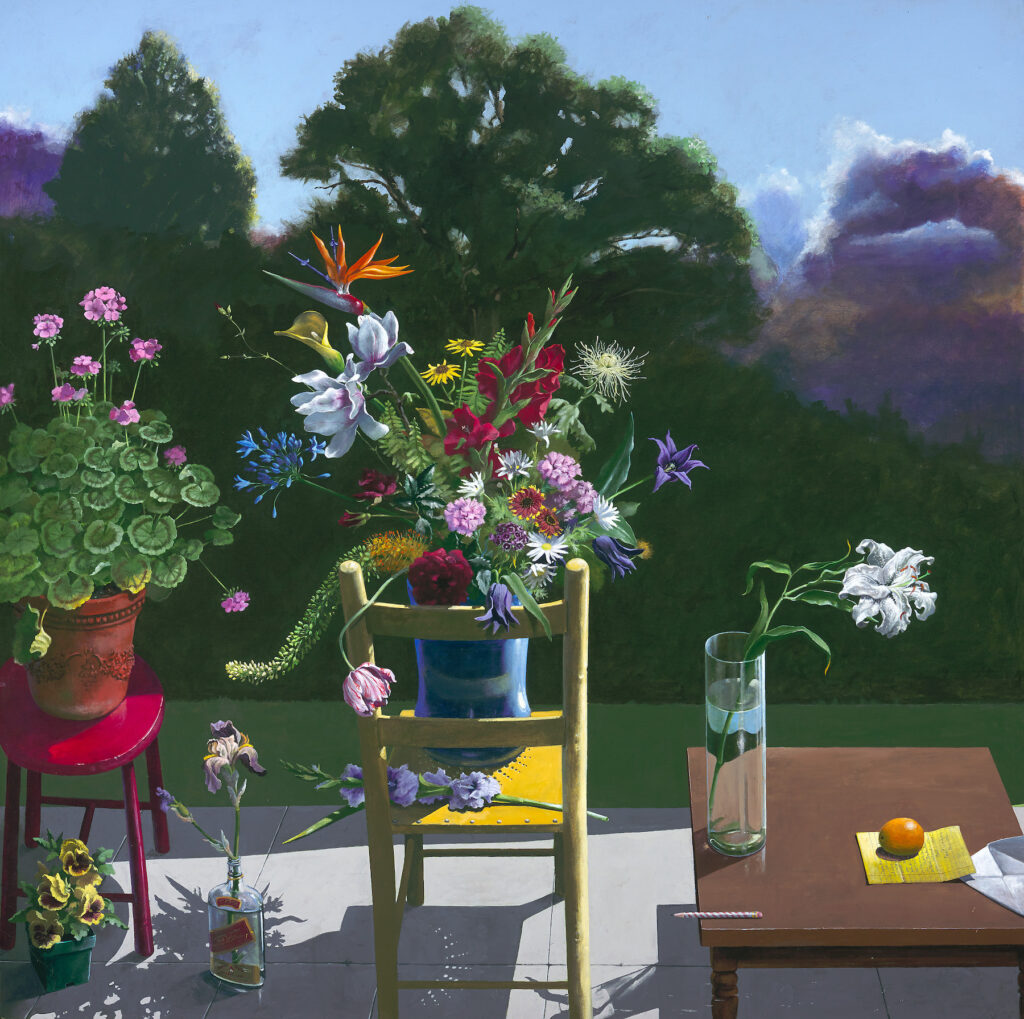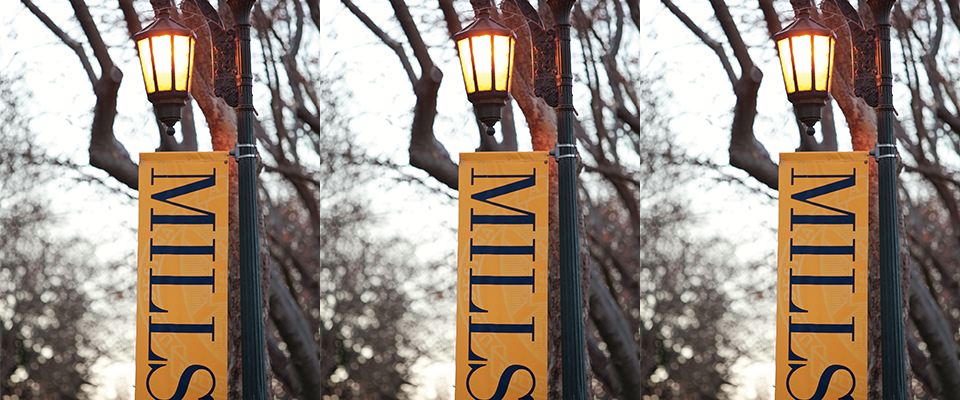In 1952, UC Berkeley graduate students and artists Paul Wonner and Theophilus Brown met and fell in love.
The pair rented an art studio together above an automotive dealership on Shattuck Avenue, where they soon encountered other artists.
“One day, knock, knock, knock, a big, tall guy comes over and he says, ‘My name is Dick Diebenkorn, and I’m freezing my ass off over here. Do you have any heat in this place?’ So, they became friends,” says Sacramento’s Crocker Art Museum Chief Curator Scott Shields. “Then [Elmer] Bischoff moved into the same space, and [David] Park would come and they would all sit and draw figures together, and all of them started focusing on the human form.”
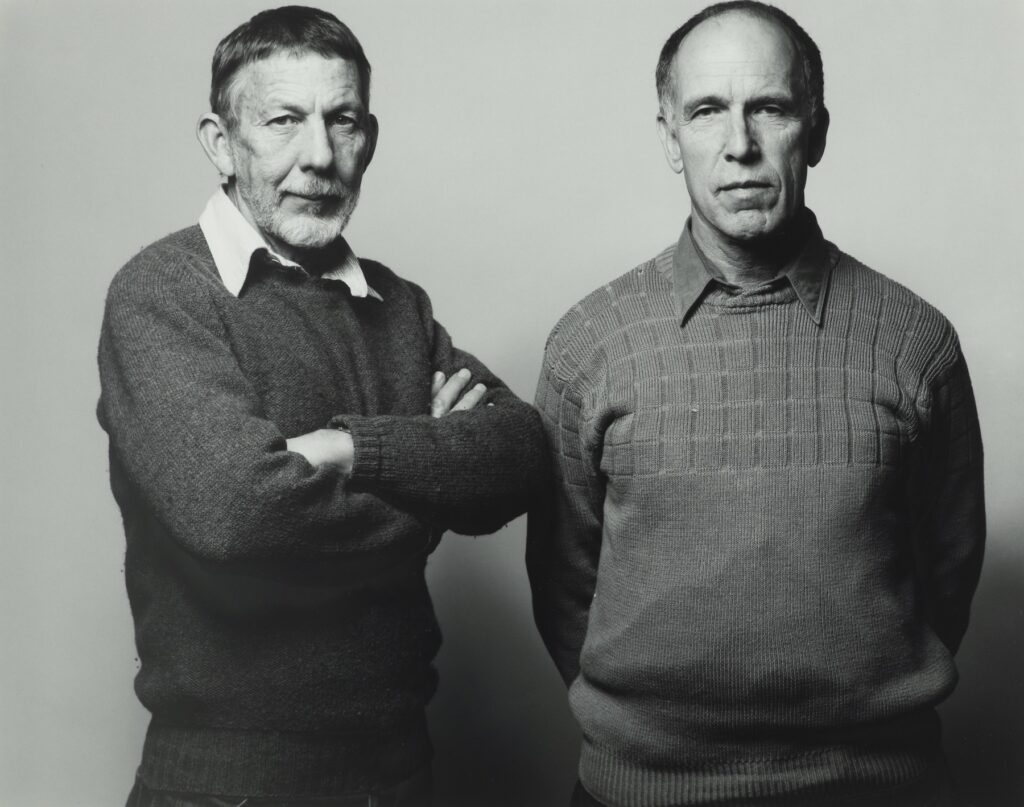
Now, more than 70 years later, the Crocker Museum is hosting a retrospective exhibition, Breaking the Rules: Paul Wonner and Theophilus Brown, showcasing the work of the lovers and artists.
Their art represented a new style, “Bay Area Figuration,” which focused on figures and landscapes and was considered almost radical at the time when non-representational abstract expressionism was the dominant approach.
Though museums around the country house work by Wonner and Brown, their names are less well-known than the others. Shields, who counted both artists as friends, names several possible reasons for that, including that they were an out gay couple in the 50s who often painted male nudes. But Shields thinks a big part of what damaged their reputation was being identified as the “bridge generation” (or not part of the original Bay Area Figurative movement) in a 1989 show at the San Francisco Museum of Modern Art, Bay Area Figurative Art: 1950-1965.
“Immediately after that show happened, all the newspapers started to call them second generation, and they started to say ‘Diebenkorn, Bischoff, and Park and their followers, Paul Wonner and Bill Brown,’” Shields says. “What I have tried to show — and I think I have — is that they were both first generation Bay Area Figurative artists.”
Given the museum’s large collection of California art and the artists’ own connection to the region (Brown’s first show was at the Crocker, and the couple left part of their estate to the museum), it made sense to have the exhibition there, says Shields who arranged the show.
The show is organized mostly chronologically, starting with Wonner’s landscapes, such as North Sea Coast, 1954, and Brown’s paintings of sports, like The Referee, 1956. Both painted bathers as well as swimming pools, shortly before the artist David Hockney became known for his iconic turquoise pools.
In later years, Wonner took up still lifes, which became increasingly meticulous, detailing everyday objects, animals, and plants, as in 1988’s A Peaceable Kingdom. Brown, for his part, began to paint industrial scenes without figures and, later, turned to collages, along with fellow artist and San Francisco public defender Matt Gonzalez, who contributed an essay to the exhibition catalog.
Gonzalez became good friends with both artists. After the couple left their long-time Noe Valley house for a retirement community in San Francisco, Gonzalez (a San Francisco supervisor at the time) would visit most weekends to work on collages during the day and go out for oysters afterwards. Gonzalez says Brown had an egalitarian attitude and welcomed anyone — including non-artists — to join in.
“You know, collage is relatively easy,” Gonzalez says. “These were just opportunities to talk about art and aesthetics and share stories about different folks that we had in common.”
“Scott Shields has done a tremendous job,” says Gonzalez, who contributed pieces from his personal collection to the show. He says the curation of Breaking the Rules highlights the artists as part of the Bay Area figurative movement, as well as individual artists with their own styles.
“Just tackling one of these artists would have been a huge undertaking,” he adds. “Bill and Paul fit into these periods of art, but they also made it their own. It’s like they’ve got one foot in the historical moment, but they also bring something to it.”
Janet Bishop, curator of painting and sculpture at SFMOMA, also notes the show’s commitment to the artists individually and as a couple.
“I loved the vibrant blues and almost fluorescent greens in Wonner’s quiet scenes—still do!” she wrote in an email. “And the action in Brown’s sporty pictures of bathers and football players. Later on, I got to know Wonner’s mind-blowingly detailed and beautiful Dutch still lifes.”
For Shields, much of the power of the new exhibition comes from seeing all the work together in one space.
“What I was unprepared for honestly, was the color,” he says, gesturing around him at the gallery’s collection. “Looking at each one separately, you know, they’re good colorists. But when you see a room of it, it’s pretty amazing. It’s like Easter, the beauty of it. I think that is what people most respond to. The other thing people say is ‘Why do I not know more about them?’”
Breaking the Rules will be on display at the Crocker through August 27, after which it will travel to the Laguna Art Museum in Laguna Beach and the Dixon Gallery and Gardens in Memphis, Tennessee.











